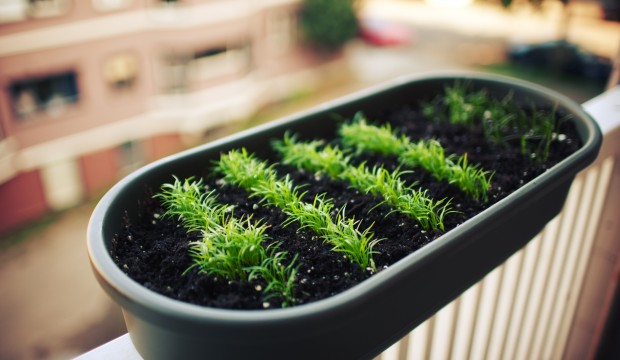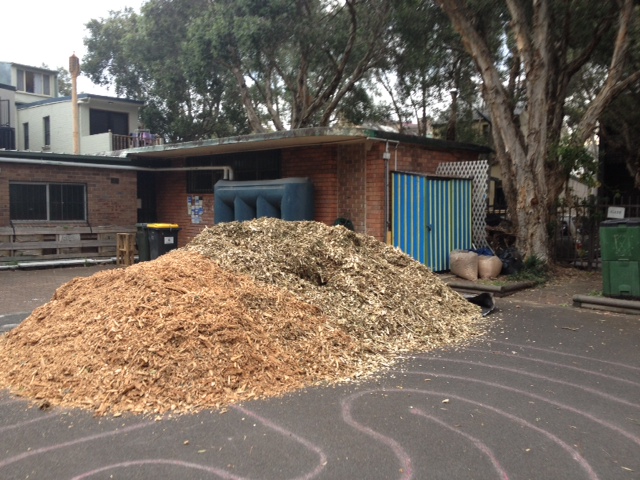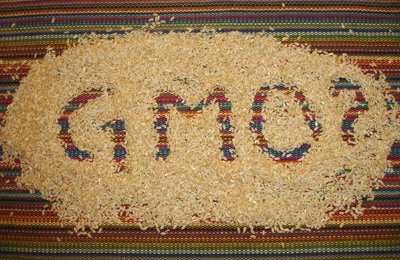Have a read of this clever tips collected from the Green Villages website on how to start your balcony veggie garden:
 "Heard all the buzz about balcony gardens? Hankering to literally get your hands dirty and start subtly mentioning how good your homegrown herbs are? Living in an apartment doesn’t mean you can’t cultivate your own small patch of earth. Not only will you score a beautiful balcony garden, you’ll enjoy the benefits of gardening to feed the body and nourish the soul. Here are our top tips to get you on your way.
"Heard all the buzz about balcony gardens? Hankering to literally get your hands dirty and start subtly mentioning how good your homegrown herbs are? Living in an apartment doesn’t mean you can’t cultivate your own small patch of earth. Not only will you score a beautiful balcony garden, you’ll enjoy the benefits of gardening to feed the body and nourish the soul. Here are our top tips to get you on your way.
1. Step outside
Before you start, spend some time outside. Realistically assess your ‘plot’ – is it sunny all day, shady and cool, windy, in the direct face of the southerlies? This will help you choose the best plants to plant.
2. Create a wind-break
High-rise balconies – even if they’re only one or two floors above ground – are often affected by wind. And if there’s a sea view, expect those breezes to be salty. If possible, erect a windbreak using a trellis with a tough climber. Plant in heavy pots that won’t blow over, and provide regular water to counteract the drying effect of the breezes.
3. Sun or shade?
Balcony gardens usually get light from only one direction – work out the aspect and plant accordingly. The ideal is north or north-east facing. If you’re lucky enough to face this way, most plants will grow. East and south-facing balconies need shade tolerant plants. If you’ve got a west-facing balcony, go for tough heat and sun-tolerant plants like rosemary, carrots and pumpkins.
4. Maximise your space
You mightn’t have an extensive acreage, but there’s no reason why you can’t maximise the vertical space on a balcony. Use hanging baskets and pots (could be time to unleash that secret love of macramé), as well as benches – with the sun-loving plants on top and the shady ones underneath.
5. Get composting
If you’ve got room, a small worm farm on your balcony not only diverts your organic waste from landfill, it also produces wonderful food for your plants. There are also small benchtop composting bins available for lovely little spaces.
6. Parsley, sage, rosemary and thyme
Herbs don’t require much space and if you’re keen on starting an edible garden, they’re often the best way to begin. Simon & Garfunkel knew what they were talking about.
7. Time for fruit and vegies
Vegies such as garlic, tomatoes and carrots can grow in pots, and you can try snow peas and beans on a trellis. There are also dwarf varieties of citrus, and smaller fruit trees such as cumquats that not only look beautiful, but are perfect for a mean marmalade.
8. Balcony buddies
Companion planting can really help in keeping pests at bay. Marigolds have an offensive smell for most bugs, nasturtiums protect strawberries, and organic spray repellents such as garlic oil can keep away the nasties.
9. A little love
All gardens need a little regular love. It’s a matter of keeping an eye on those pests and acting before there’s an infestation, using organic plant food and of course, regular watering. One of the advantages of balcony gardening is that there’s often a lot less you need to do than you would in a bigger patch – just a few minutes a day can result in a whole lotta goodness."
To read full article and to keep up to date with free green workshops around you CLICK HERE.







